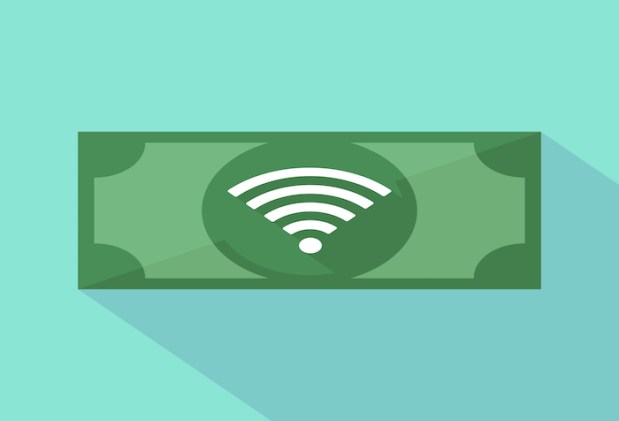Making Dollars And Sense Out Of The Internet Of Things

No one knows when the point of critical mass will come for the Internet of Things, but it’s a sure-fire bet that, when it happens, everything from consumer electronics to household appliances to cars will pass the point of no return. “Dumb” thermostats will be a hard sell when consumers get comfortable with the idea of controlling their entire home’s heating and air conditioning systems from their phones, and roads full of connected vehicles will make traffic so synchronized that the few drivers still out there with their hands on the wheel will become even bigger pariahs than road rage can do today.
Sounds like a paradise of consumer product development, no? Only if retailers can figure out a way to pay for a connected world.
The problem lies in how retailers selling consumer-facing IoT products are handling their relationships with consumers after the initial sale of [insert IoT product here]. In more ways than not, IoT-adjacent brands are still operating under a philosophy that worked for dumb products: After the initial sale, there’s not much interaction between shopper and seller unless something goes wrong and requires a little fixing.
However, James Gagliardi, vice president of strategy and innovation at Digital River, told ReadWrite that this is what can kill IoT products — much like it did to the Revolv smart home hub.
“For example, Nest decided to stop making the Revolv smart home hub [which some people called The Abandonment of Things], but ultimately, to me, the main reason why they decided to end it was they didn’t have a strong monetization strategy in place for that product,” Gagliardi said. “Personally, I have over 50 connected devices in my house, from toothbrush to lightbulb to wearables, but they’re not monetizing those devices. I spent the $200 for the Nest product, but that’s all Nest [gets] in terms of getting dollars from me. With Revolv, customers were spending their $150, but there’s a service behind the scenes of data analytics that essentially — with every customer they’re gaining — they’re also losing money because of the services they’re providing without monetizing.”
The implications of this can’t be overlooked. IoT products not only require but flat-out demand ongoing monetization strategies to pay for all the upkeep that keeps the digital gears behind the scenes turning. Inevitably, though, that alters the value proposition of these products — marketed as paradigm-changing purchases — from a wave of a magic wand that improves one’s life to a plea to enter into subscription retail with a brand. AppCarousel might claim that “drivers are saying that they are willing to pay for high-quality, in-vehicle infotainment, premium features and services from their chosen car brand,” but once the novelty of the connected car wears off, will those preferences still hold true?
Like any new, expensive gadget that hits the market, there will be a handful of early adopters that want to jump on the bandwagon, no matter the price. However, where IoT’s monetization roadblock could see its most profitable coup de grâce is with enterprise customers. IBM, Microsoft, Amazon and Google all have deep-running relationships to their commercial clients, and these companies’ expansive coffers will be able to foot the bill of the monetization strategies that enterprise IoT products will inevitably require.
That will be an easily toppled domino — enterprise clients have much more to gain through IoT-enabled efficiencies than they stand to lose paying for them — but for consumers, all it does is normalize a monetization strategy they may not be ready for.
After all, a bill that never stops coming due is a high price to pay — even if it is for the future.
